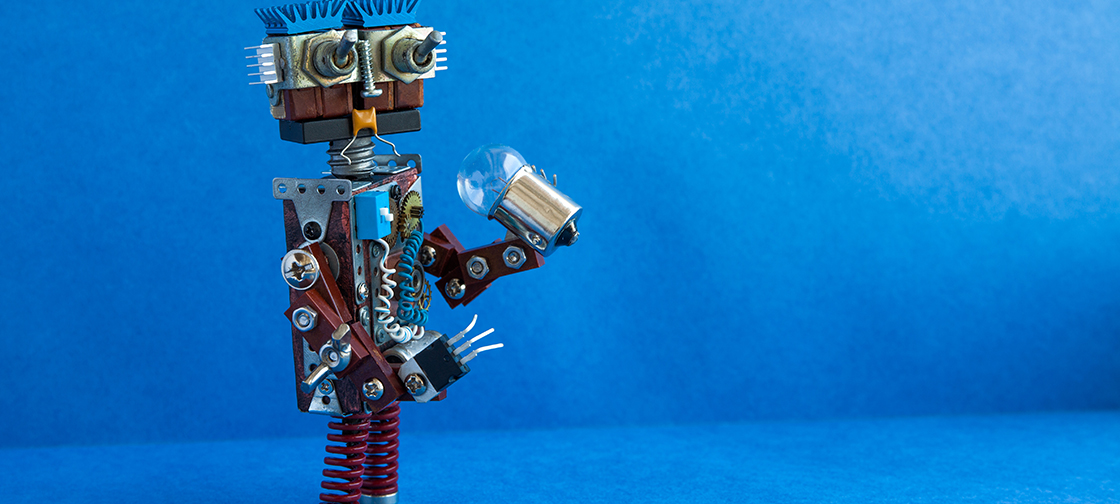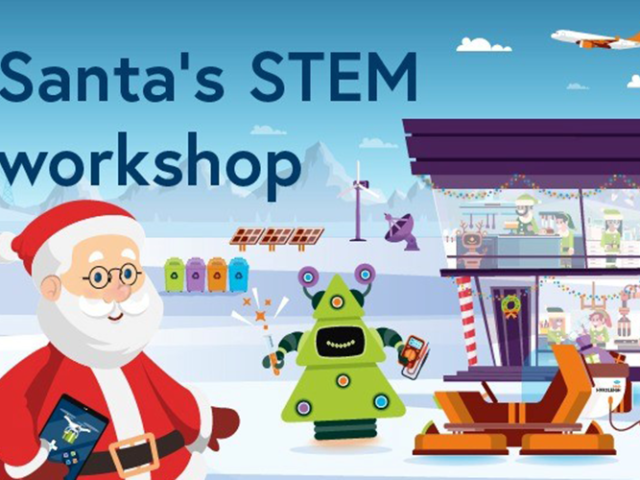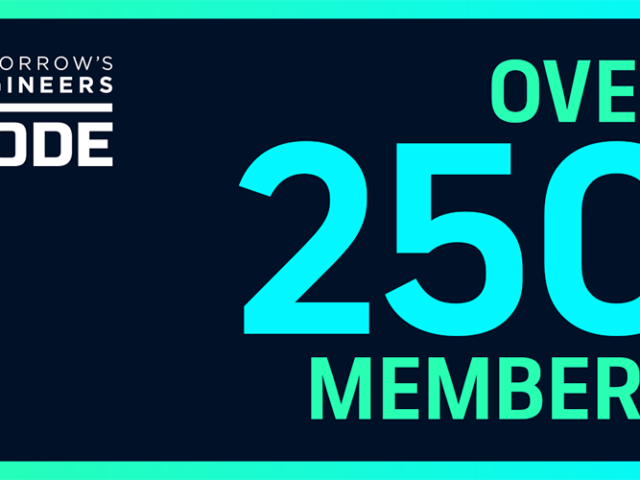Scientists from the University of Oxford, in collaboration with University of Basel and Lancaster University, have developed an algorithm that can be used to measure quantum dots automatically.
The electron spin of individual electrons in quantum dots could serve as the smallest information unit of a quantum computer. Writing in npj Quantum Information, the scientists describe how they can massively speed up this hugely time-consuming process with the help of machine learning.
Their approach to the automatic measurement and control of qubits represents a key step toward their large-scale application.
Dr. Natalia Ares from the University of Oxford’s Department of Materials, said: ‘For the first time, we’ve applied machine learning to perform efficient measurements in gallium arsenide quantum dots, thereby allowing for the characterisation of large arrays of quantum devices.’
Professor Dr. Dominik Zumbühl from the University of Basel, said: ‘The next step at our laboratory is now to apply the software to semiconductor quantum dots made of other materials that are better suited to the development of a quantum computer.
‘With this work, we’ve made a key contribution that will pave the way for large-scale qubit architectures.’
Source: “Machine learning helps open up possibilities for array of quantum devices”, University of Oxford




